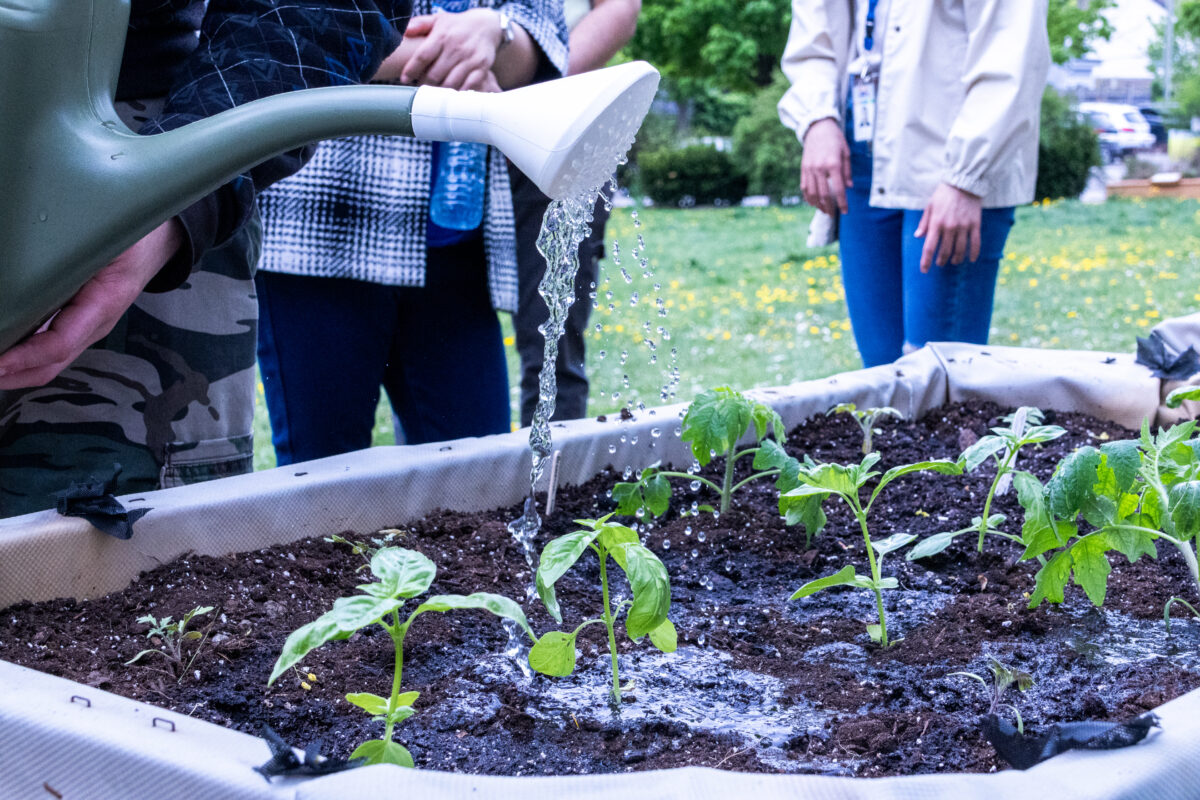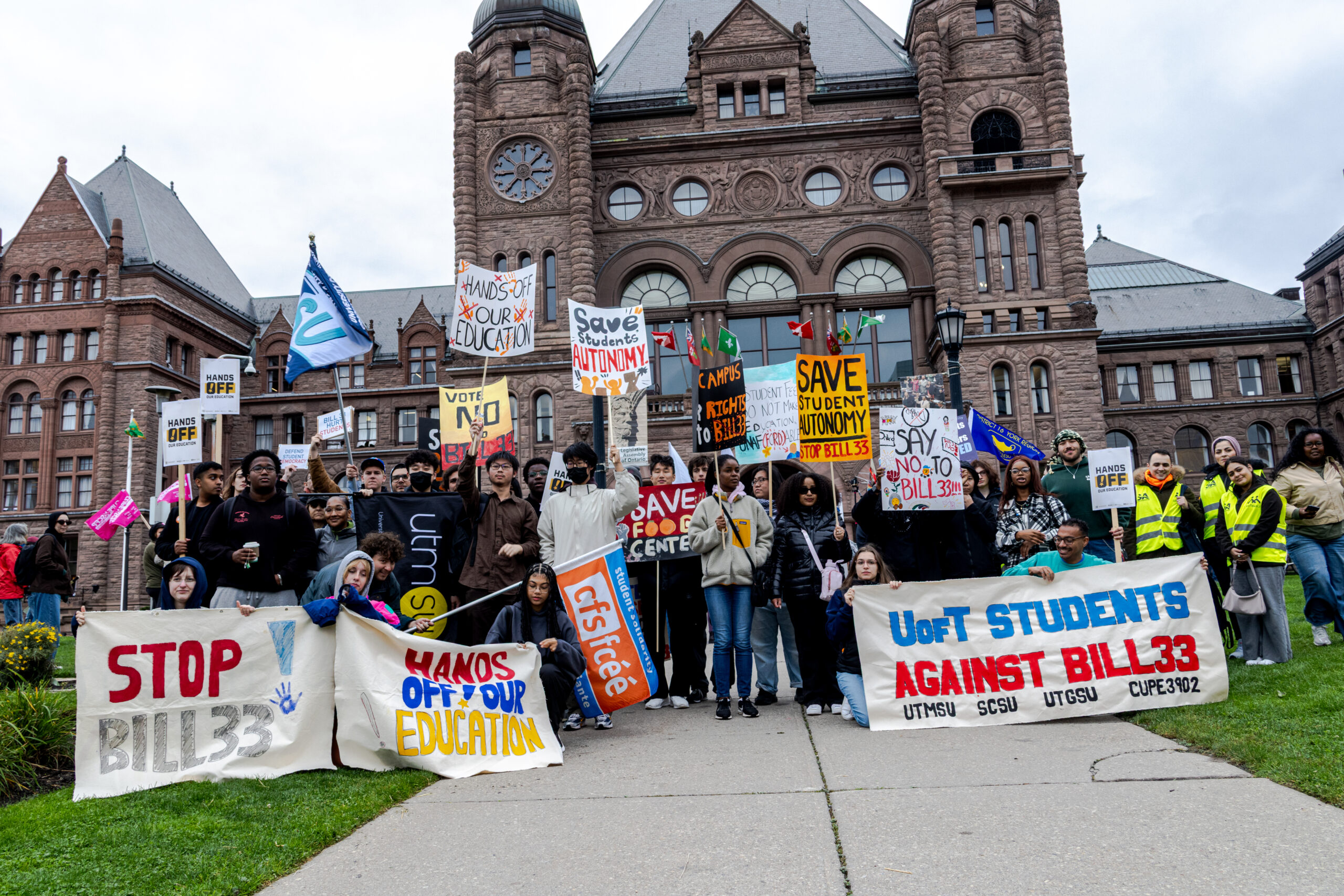Annual community garden returns to grow vegetables for SNAP service.
Pick up your garden trowels and get ready to hit the dirt.
The Student Nutrition Access Program (SNAP) community garden is back for the 2025 season, running through the spring/summer semester until September.
“The purpose of the community garden is to equip students with skills to grow their own food. This way, they have tools they can apply to their lives now and in the future. It’s also an opportunity to bring people together,” said Ruka Watanabe, SNAP coordinator. “Part of addressing food security is providing locally grown produce and empowering students to apply these skills to their own lives. Learning to grow your own food is a lifelong skill.”
The program not only produces nutritious food but is also economical, as the harvest goes back to the SNAP pantry. This means even fresher produce is made available for students and the George Brown College (GBC) community.
Despite the risk of rain, the SNAP team chose May. 13 as the day to launch the annual community garden. Thankfully, there was no cause for alarm, as volunteers showed up to tend to the plants in beautiful weather.
For more than eight years, this annual initiative has seen the SNAP program collaborate with volunteers to plant fruits, vegetables, and more in the available green space on Dartnell Avenue. With past successes, Watanabe is optimistic about this year’s outcome.
This year, SNAP planted a variety of produce such as yellow sweet bell peppers, collards, cucumber, zucchini, kale, and tomatoes, among other healthy items.
Despite past success in growing a variety of different fruits, veggies and herbs, SNAP still faces space limitations.
Always thinking about improvements for the future, Watanabe notes that getting a greenhouse or shifting towards indoor planting with hydroponics, would be ideal.
“There’s definitely a long wish list for me, and one of those wishes is a greenhouse. I’m aware that other colleges, both within and outside the province, are partnered with companies that provide hydroponics inside shipping containers. We did receive a small hydroponic unit to test out, and if it works, there’s potential to expand. The great thing about hydroponics is that it can be utilized year-round, whereas outdoor gardens are limited to specific seasons,” she added.
This method, which bypasses traditional soil and uses a nutrient-filled water solution, could ensure sustainability for the program and allow equal participation among volunteers from different GBC campuses.
Watanabe notes that this SNAP program has been a product solely run by the Student Association service, and without support from the college. She hopes that there is a way to partner with GBC to enhance the garden service, given the importance of providing nutritious food to students.
This year, SNAP is calling for more volunteers to help maintain the garden.
Volunteer responsibilities include the usual tasks including watering, weeding, and harvesting when the crop is ready. In addition to plant care, there will need to be upkeep around the green space in order to mitigate concerns about littering and the potential theft of garden produce.
“Because it’s in an open space, I’ve seen people litter, throw garbage into the garden beds, or pour leftover coffee in there,” said Watanabe. “Ideally, we’d like an enclosed space, but we have to do what we can to take care of it, including putting up signs to remind people.”
For more information on the SNAP community garden, students can visit Community Garden – Student Association of George Brown College.
Those interested in volunteering can register by signing up here: SNAP Community Garden Registration 2025.


